The problem with film cameras is that they’re addictive. Once you have one, there are thousands of other varieties out there that all work a little differently, or have lenses that create the dreamy looks that keep film alive and well.
I bought a Hasselblad in 2021 to see what all the hype was about. The cost of these cameras is going up every six months, with older 500 series models going for around $2000 with a lens and film back (newer series kits like the 503cw will go for around $4,000).
But the real question is, is having a Hasselblad worth the money?
As someone who currently refuses to shoot with other cameras, I’m contractually required by the terms and conditions of this blog to say yes. But there’s a caveat — just because I’m shooting a Hasselblad doesn’t mean I’m taking better photographs.
I own both the 500c, and the 503cx bodies, multiple film backs, and a few different lenses. Here’s my experience with the Hasselblad cameras after 6 months, two bodies, and 50 rolls of film.
Click here to find your perfect Hasselblad securely on eBay.
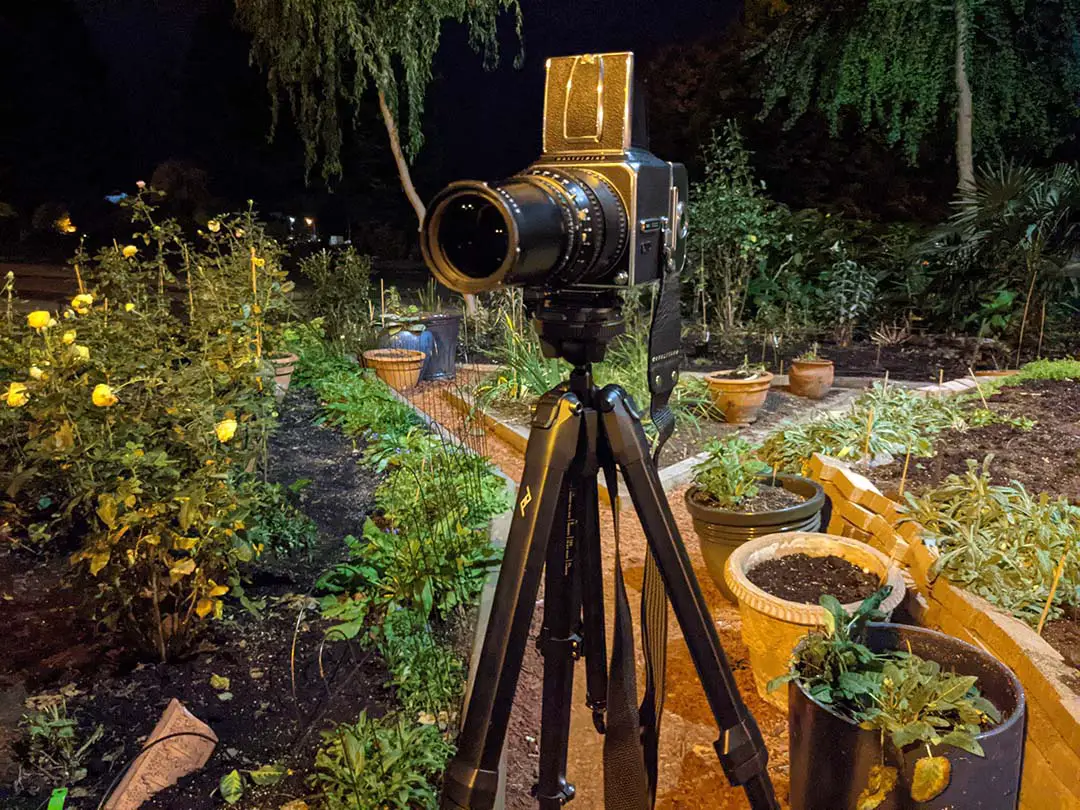
Why do photographers love Hasselblads?
On top of the many benefits of shooting medium format film negatives, Hasselblad 500 series cameras are legendary for their build quality and optics. The cameras are built like a work of art — every camera is hand-crafted, with thick metal and perfectly-machined mechanics.
They were designed to work in the toughest conditions. Working photographers knew they could rely on these cameras no matter what they were shooting — in the winter, underwater, or after thousands of hours in the studio. The cameras are repairable and dependable enough to make them be the camera of choice for professionals.
These days, even the oldest Hasselblad cameras are still likely to work, even if they had some heavy use. There are no wires or electronics in the cameras, making them easy to keep in working order even in 2022.
Hasselblad was also the first camera system to make it to the moon. American astronauts brought the Hasselblad 500 EL/M cameras to the moon to take images on the Apollo mission.
And today, it’s possible to use digital camera backs with the Hasselblad 500 series cameras. Since it’s such a common format and camera for professionals, there are a number of options out there that allow photographers to seamlessly transition between film and digital with this same camera.
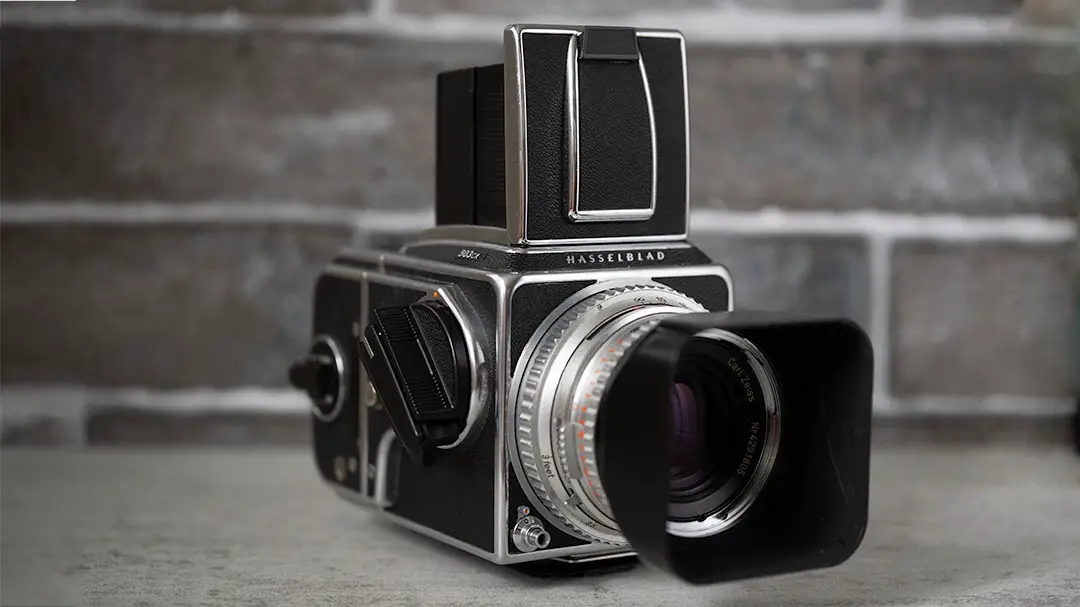
Hasselblad ergonomics, weight, and design
In terms of ergonomics and design, Hasselblad cameras are some of the best out there. They are an SLR-style camera body that can be adapted to your shooting style. Out of the box, the camera is basically just an art deco square that fits mostly well (but still comfortably) in your hands.
The Hasselblad 500-series cameras typically come with a waist-level viewfinder and standard winding knob, but they can be adapted with pentaprism viewfinders, different focusing screens, hand grips, and more depending on the shooter’s will. All this means is the ergonomics are up to your preference (and the depth of your wallet). The camera functions perfectly well without any of these add-ons, but they can make the camera even better for your needs.
As for the design, the one drawback of this camera system is that it’s not quick to operate. As a portrait shooter, you will have to get your shot ready, and then give direction to your subject or model — otherwise, you risk having their expressions fade.
Where the camera falls behind is in the weight of the system. While the camera itself isn’t all that heavy, the lenses are. Even small lenses like the Zeiss 60mm f/3.5 are very heavy because of their all-glass and heavy metal design.
This makes them durable in case of a fall, but the camera can weigh you down when you need multiple lenses on a hike — doubly so if you’re into wide-angle photography, and want to use the incredibly versatile, but massive 40mm f/4 lens for it’s 22mm equivalent focal length.
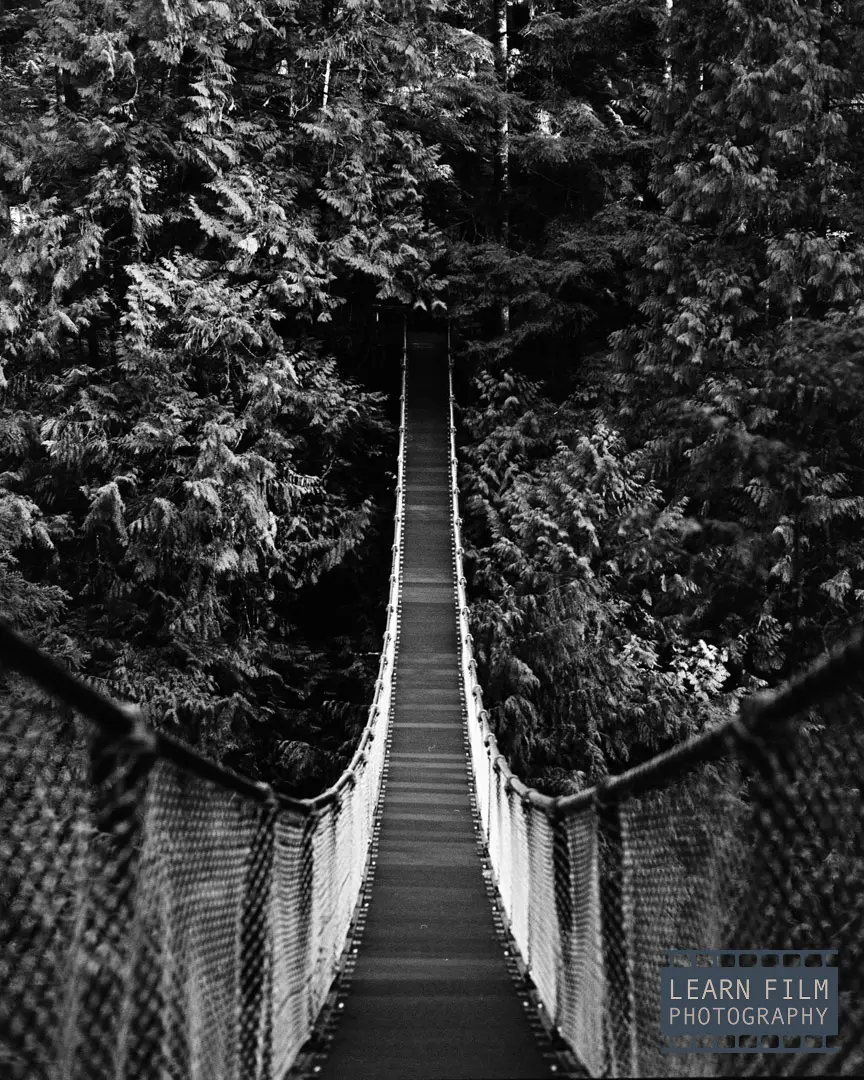
Why is the EL/M so cheap?
The only Hasselblad body that comes at a steep discount is the EL/M. Where other bodies go for $1,000 to $3,000 USD, the EL/M can sometimes be found for $400 or lower on eBay, which can be a great option for getting into the Hasselblad system.
The reason for this is because of the sound. The EL/M cameras have an automatic winder, which was an incredible feature at the time. But in 2022, it’s a bit noisy and makes the body slightly cumbersome.
This is why it’s easier to find the EL/M bodies on their own but not as a kit — many sellers opt for selling the individual pieces separately at a markup, since the body can be a more niche product.
For the right person, an EL/M body can make a lot of sense. But the noise is the biggest reasons why many Hasselblad shooters avoid these cameras.
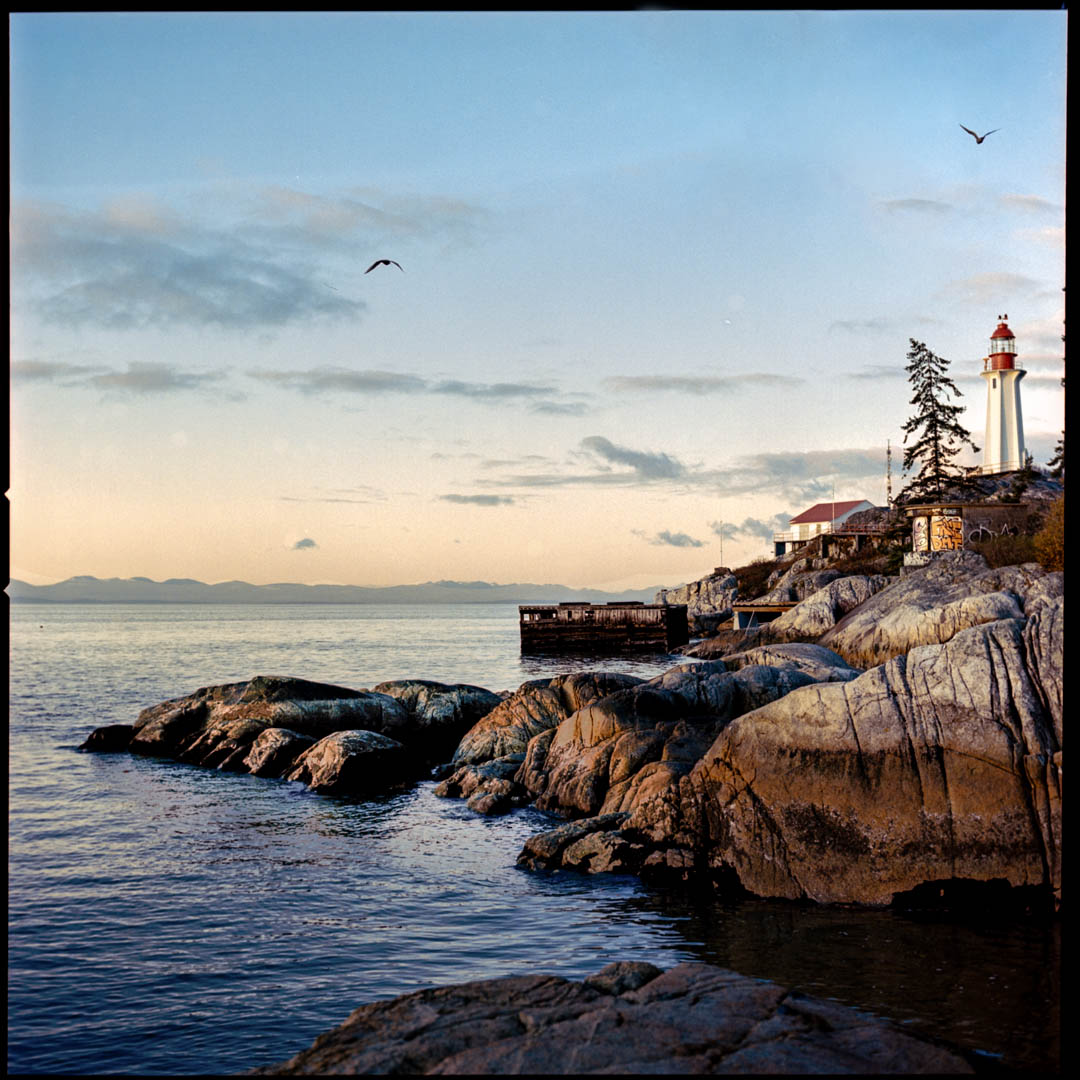
Are Hasselblad lenses sharp?
Hasselblad cameras are legendary for the quality of images they produce. The Zeiss lenses on the Hasselblad system are about as sharp as you can get, and are only limited by the film stock you’re using and how well you can use manual focus.
However, the problem that I run into most is the long maximum focusing distance of the lenses. Most modern lenses on digital cameras only focus to 30 meters before they reach infinity focus. The longer Zeiss T* lenses, however, can focus to a full 60 meters before reaching infinity, which can be extremely difficult to guess with your eyes.
If you’re taking photos quickly, such as on the streets, or with sports and wildlife, you’ll have to practice focusing to consistently nail focus on your shots.
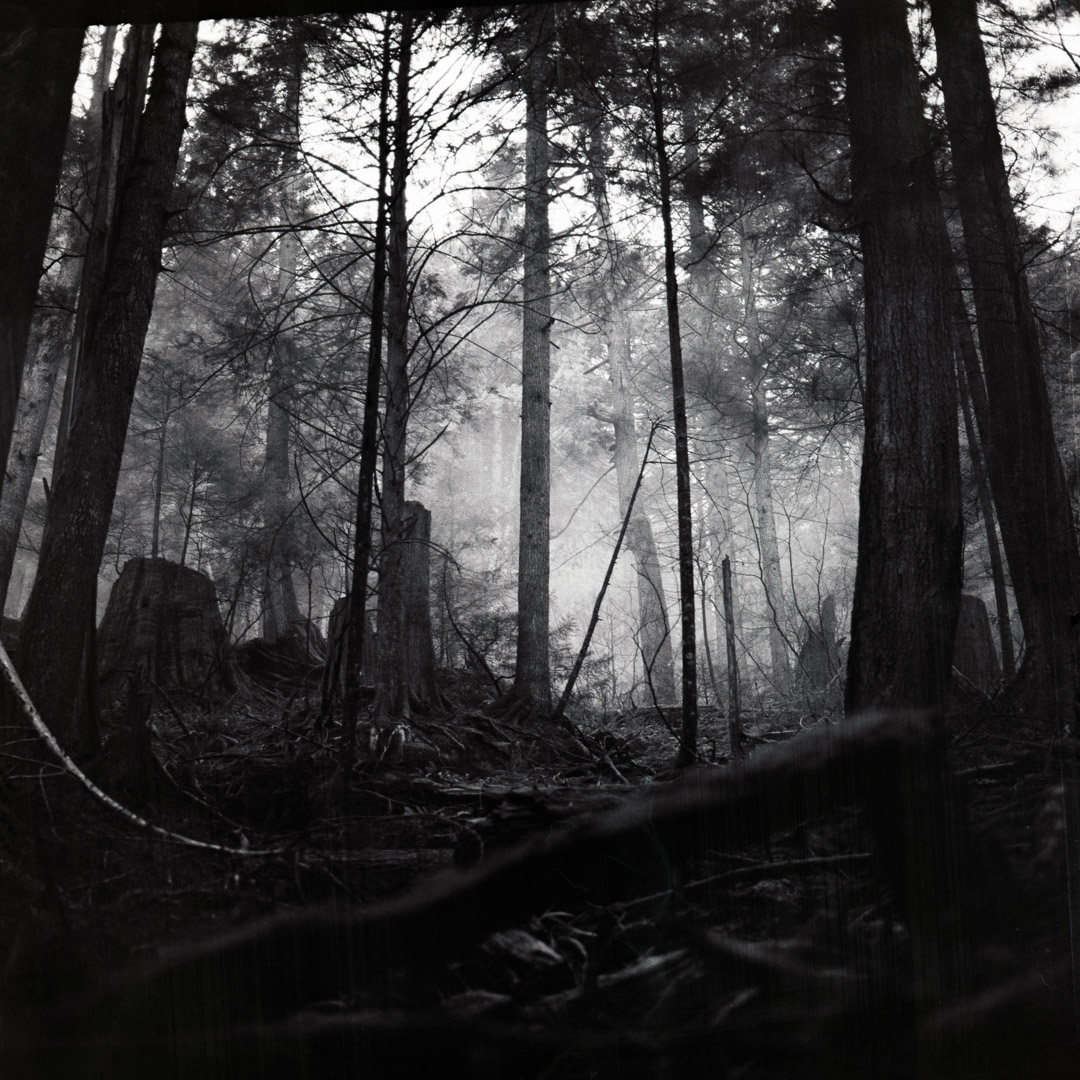
Innovators in lens design
But in terms of lens design, Hasselblad and Zeiss were innovators in the field. They created some game-changing lenses that were perfectly optimized for reducing field curvature and reducing chromatic aberration to near zero even when shot wide open.
They even made lenses that were designed to control UV and IR light (spectrums most lenses don’t care about), making them particularly useful for scientific and aerial recognizance applications.
If you’re reading this blog, though, many of those scientific lenses, like the Superachromats, are likely well out of your price range, fetching tens of thousands of dollars for a good copy.
Those innovations do also translate into their standard lens designs. They have less chromatic aberrations than any other major manufacturer from the time, and their coatings, especially in the later years, helped stave off flare like no other system.
It’s safe to say that while they may not be the absolute sharpest by modern-day standards, they’re going to hold up extremely well. But if you’re going for clinical sharpness in your photographs, digital might be a better option for your shooting style.
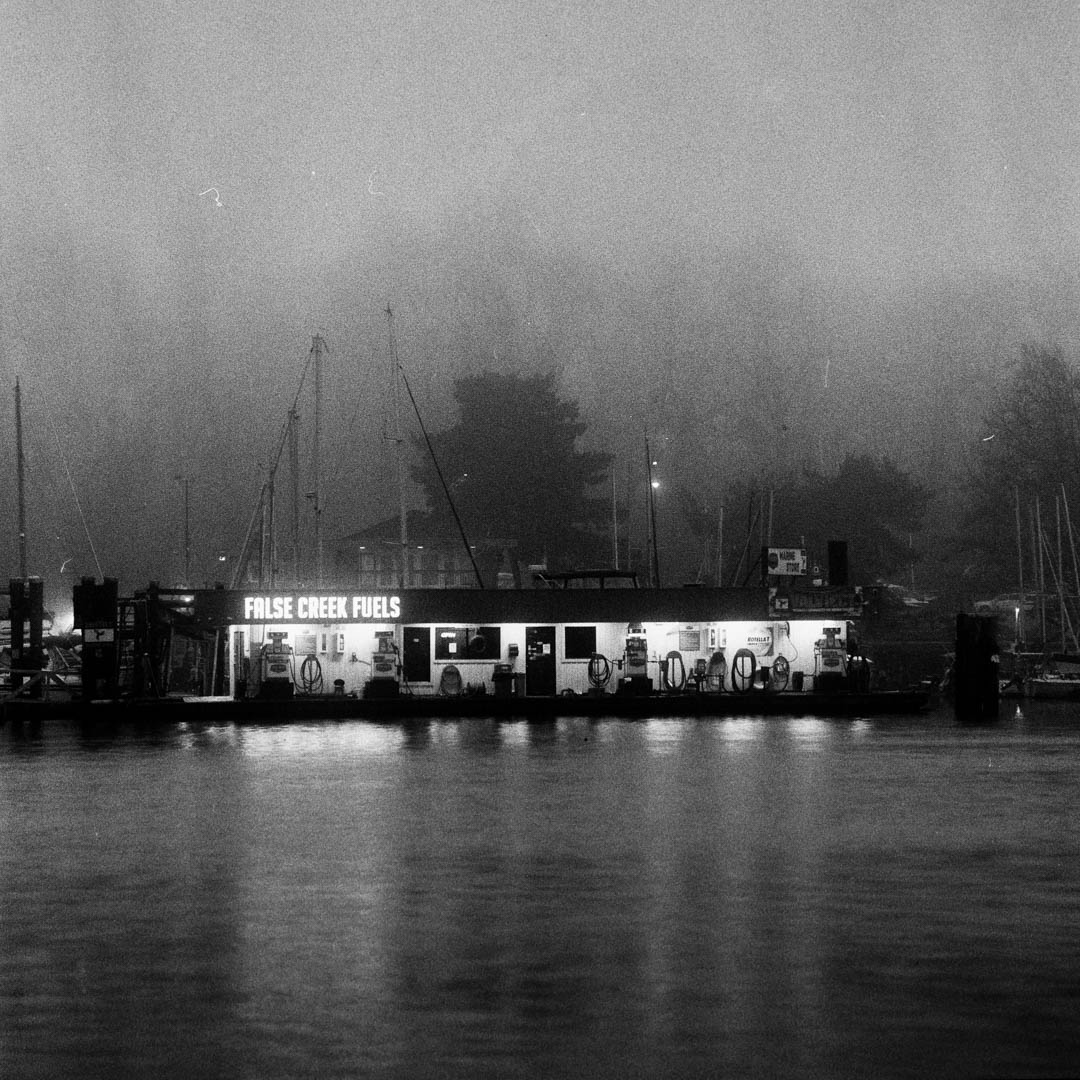
Small maximum apertures
The one downside to the Hasselblad 500-series system is that the majority of lenses have a small maximum aperture. The largest is f/2.8 in the kit lens that comes with the system. But every other lens has a smaller maximum aperture, usually starting around f/4, and going to f/5.6 in the longer focal lengths like 250mm.
This isn’t a problem in the studio or when shooting on a tripod, but it can make it difficult to use a fast enough shutter speed to freeze action with a long-focal-length lens at sunset and sunrise. These cameras need a lot of light to function — especially when you want to use slower film stocks to get the sharpest, grain-free images.
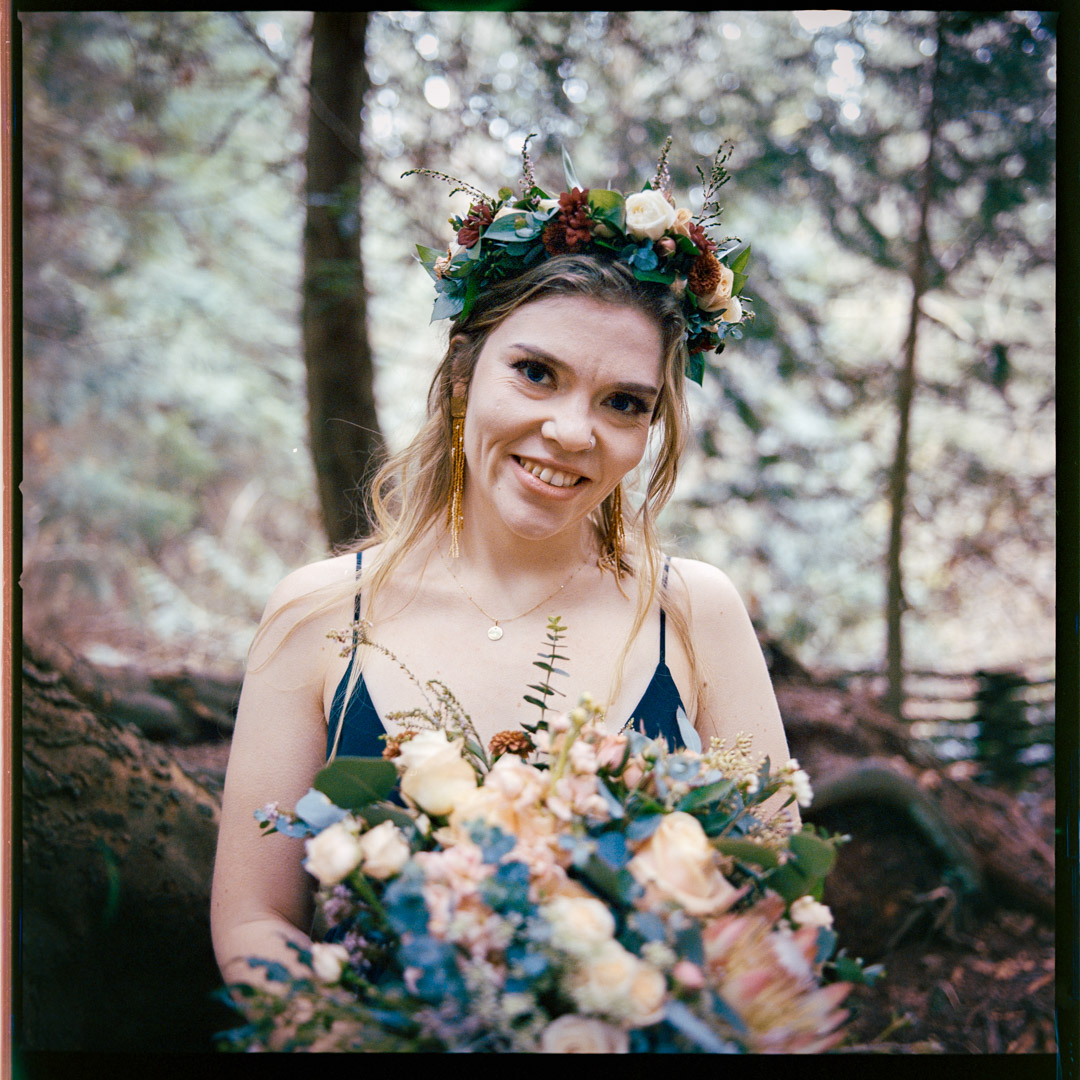
Using a Hasselblad for Portraits
One of the places where the Hasselblad really shines is when taking portraits. Many of the lenses are just unsharp enough to give character, and make pleasing out of focus areas in the photographs.
Because the camera is medium format and has interchangeable film backs, it makes for some incredibly detailed and high-resolution photographs. Shooting under studio lights with ISO 100 film is an absolute dream because you can theoretically create images with a higher resolution than most full-frame digital cameras are capable of.
And when you want to give your films that characteristic film look, you can always load up some Ilford Delta 3200 and have a blast.
The Hasselblad also uses a leaf shutter, which is able to sync with a flash at any shutter speed. Most film cameras can only sync with the flash at 1/50th or 1/125th, meaning photographers often have to use a smaller aperture when they want to control the light. But the Hasselblad 500 series cameras can shoot all the way up to 1/500th without worrying.
The downside of using a Hasselblad 500 series camera for portraits is that it’s slow. Capturing emotion is difficult because there are a few steps that you need to make between each pose. And then, when you get into the flow, there are only 12 shots before you have to either switch backs or reload the camera.
Oftentimes I find myself missing key moments that I would normally be able to capture with a digital camera. The speed of the camera, and a few hiccups can mean that moment is gone forever. But with some practice, and having control over the conditions, the Hasselblad is an absolute dream to work with.
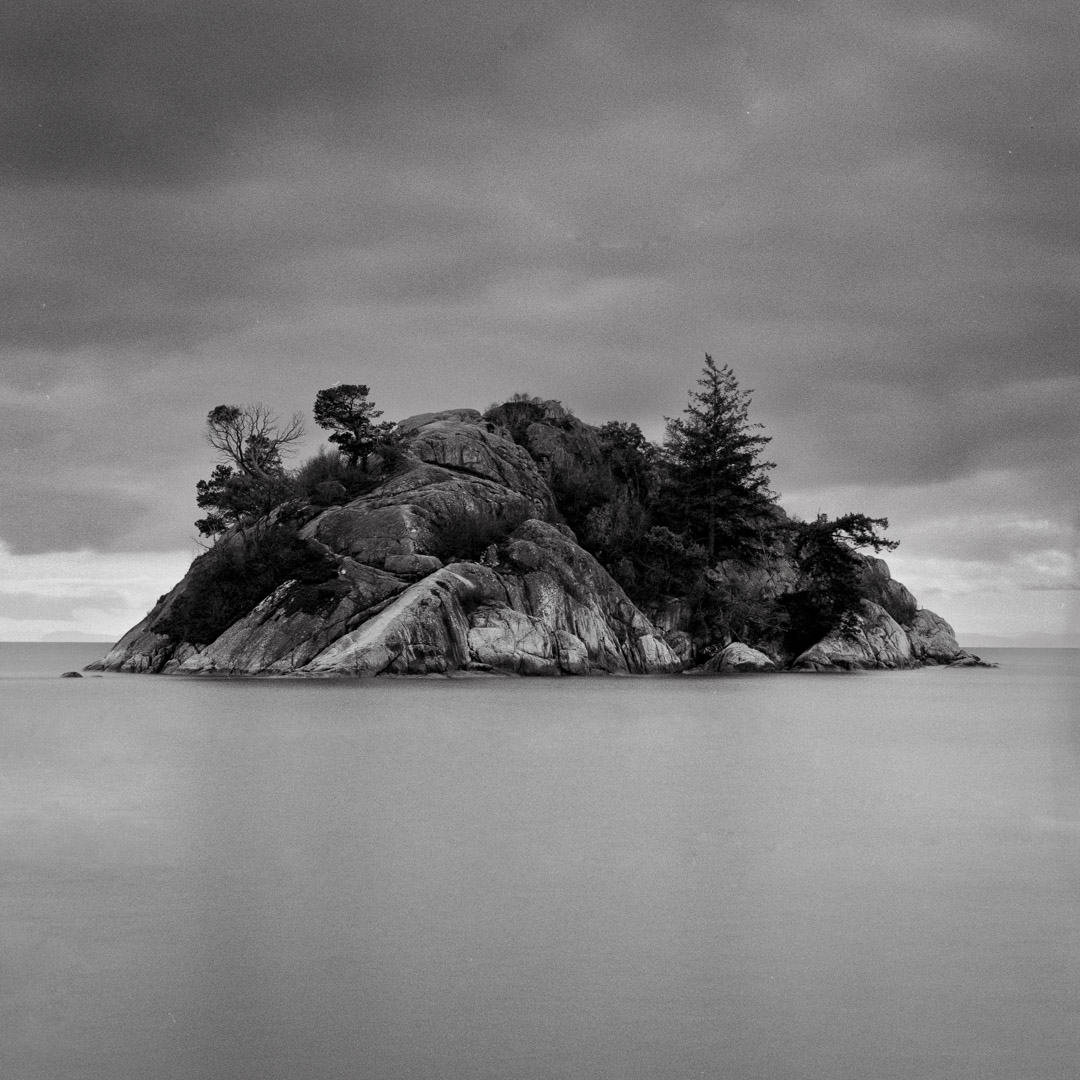
Using a Hasselblad for landscape photography
Hasselblads are amazing for landscape photography. This is the perfect camera for those who want to be methodical when they’re shooting.
If you’re the type who likes to be sure every setting is just right before pressing the shutter button, you’ll love working with this camera more than any other.
Hasselblads have mirror lockup and can use a remote shutter release to make them able to capture long exposures without any camera shake. And having the ability to switch film backs means that you can try the same shot on multiple film stocks.
I personally love using the Hasselblad with Lee Filters. The camera is perfectly suited to long exposure and careful landscape photography. The waist-level viewfinder makes it easier to get images close to the ground or at low angles.
The downside is that if you need the camera higher up, you’ll need to find another viewfinder type. I’m 6’4” (195cm) and can’t see into the waist-level viewfinder when my tripod is at its maximum height.
As well, the position of the shutter button makes it so if you’re using a filter holder system like the Lee 100 system, you’ll need to use an L-bracket cable release adapter otherwise, you won’t be able to fit your cable release in the camera.
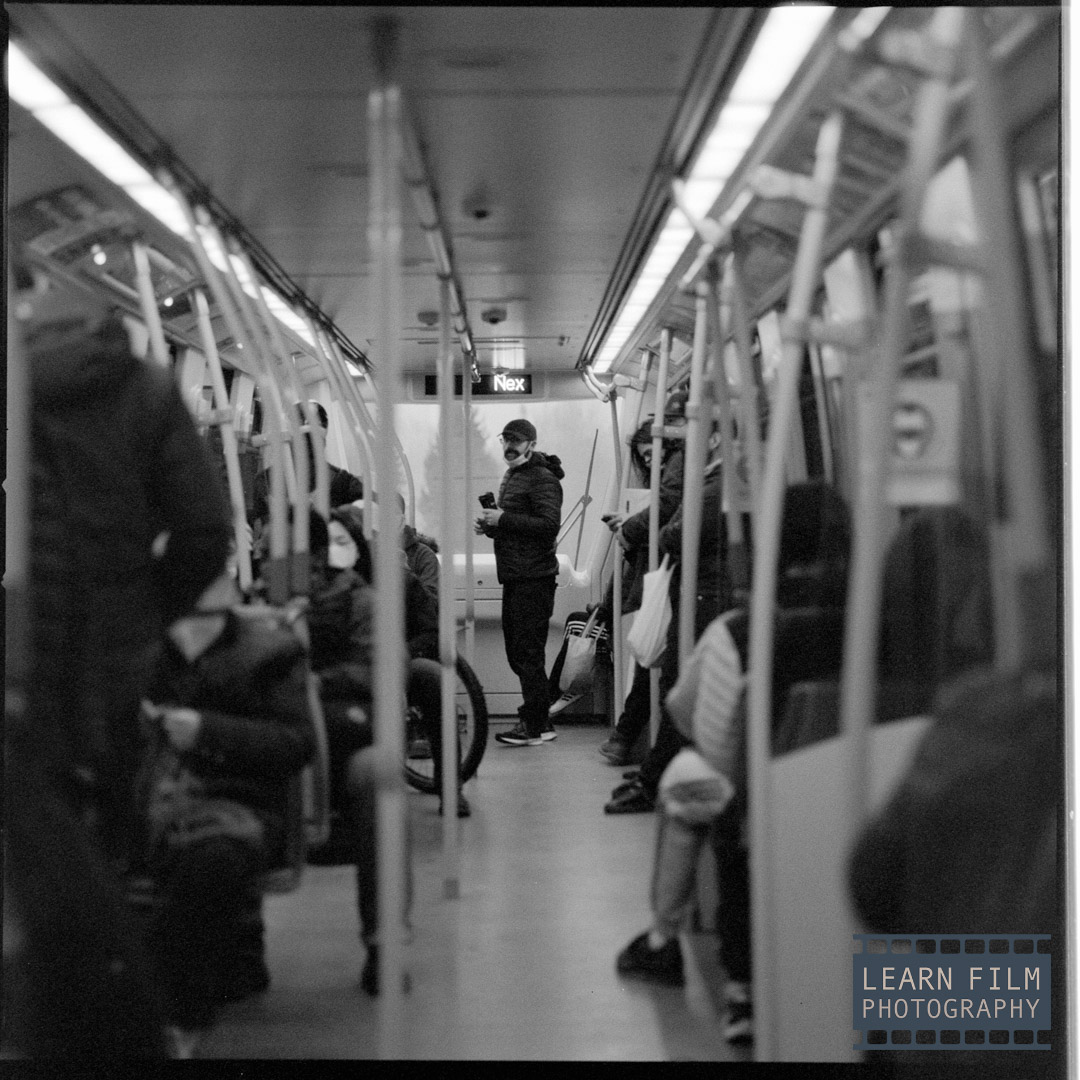
Street photography using a Hasselblad
One of the places where the Hasselblad is weakest is in taking street photographs.
The problem is that the camera is large, heavy, slow to operate, and difficult to focus. It’s certainly possible to take incredible street photos using this camera, but the problem is that because of its size and recognizability, people will immediately know you’re taking their photograph.
The camera is also an attention magnet. It’s loud, large, and has shiny edges that attract attention.
The benefit of the Hasselblad is that it does have a waist-level viewfinder, which can be a bit sneakier, since people may not know you’re taking their photo specifically.
But the biggest issue is the focus and speed of operation. There have been many times where I’ve missed shots simply because the darkslide was in, or because I didn’t have enough time to properly compose, focus, and take the shot. With consistent practice, that won’t be a big issue.
When focusing with this camera, you have to be aware of the distance and use a split prism screen to be the most precise. Especially at a distance, it can be tough to know when your subject is at the infinity point of the focus throw.
Many of the longer lenses can focus to 60 meters before hitting infinity, which at that distance can be difficult to judge focus through the viewfinder. if you put the lens straight to infinity, the subject might just be just out of focus in the foreground with a perfectly sharp background. It’s not always that noticeable, but it’s enough to ruin some photos for me.
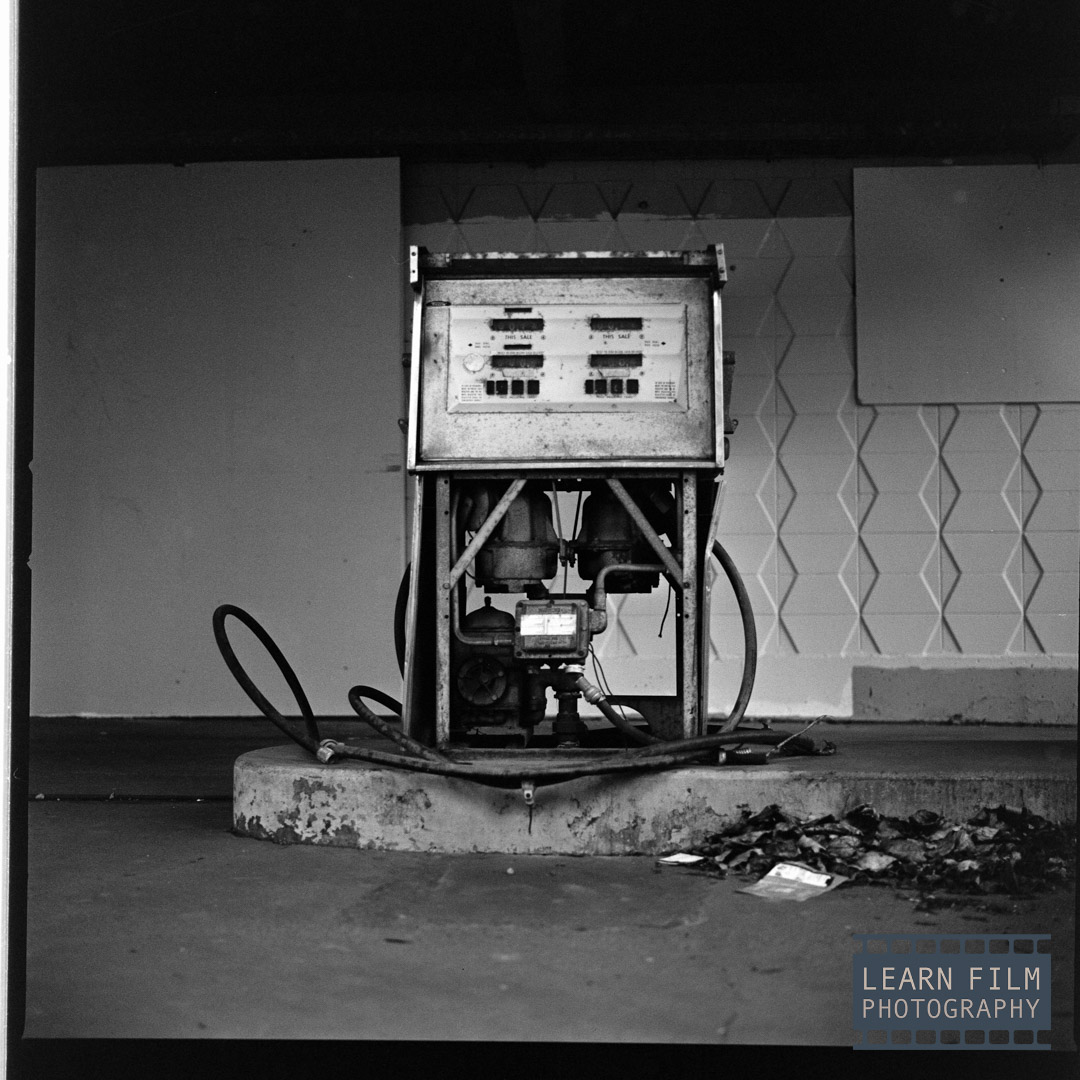
Hasselblad repairability: More Hassel than blad?
The last part of my review comes down to my experience with the 500c. I found one of these on the used marketplace for what I thought was a good deal. The camera was in great outer condition and seemed to be functioning perfectly well.
When I started using it, the frame spacing was a bit off, and the lens sometimes didn’t fire. So I took it into a local repairman in Vancouver (shoutout to the incredible Horst), who rebuilt the lens, and attempted to complete a CLA on the film back. The back ended up being rusted out, and couldn’t be fixed. But the lens is now in spectacular shape.
But then, another week later and the body jammed because it didn’t complete the shutter cycle. I played around with it until I could get some movement, and ended up bending one of the auxiliary shutter curtains (the ones at the back of the camera body).
When I got the curtains closed, the next set of negatives came out with a shadow on the bottom of the image, which you can see in this article diagnosing the most common issues found when developing film.
I took the camera back to the repairman, who fixed it up again without a problem.
Then, the camera suddenly jammed once more on Christmas day when I was taking photos of my niece. I’d only brought the Hasselblad without any backups, so I was hooped for taking photos the rest of my holiday vacation.
When I got back and handed the camera off once again, the repairman told me that he found a loose screw that caused the problem. He’d marked all the places that he worked on with a red lubricant, and this wasn’t one of them.
Now, after taking the camera to the repairman 4 times, costing an extra $500 (which is still an absolute steal), it should theoretically last another 10 years without issue. Of course, instead of taking that risk, I picked up a new 503cx body, which is essentially the same as the 500c, but 30 years younger and with a fancy TTL flash output.
This is just my experience though. As a professional, I can’t have a camera that’s going to break mid-way through a photo shoot. I need to put every camera through its paces so that I know it inside and out.
And there are many thousands of these cameras on the market that will not have the same experience as mine did.
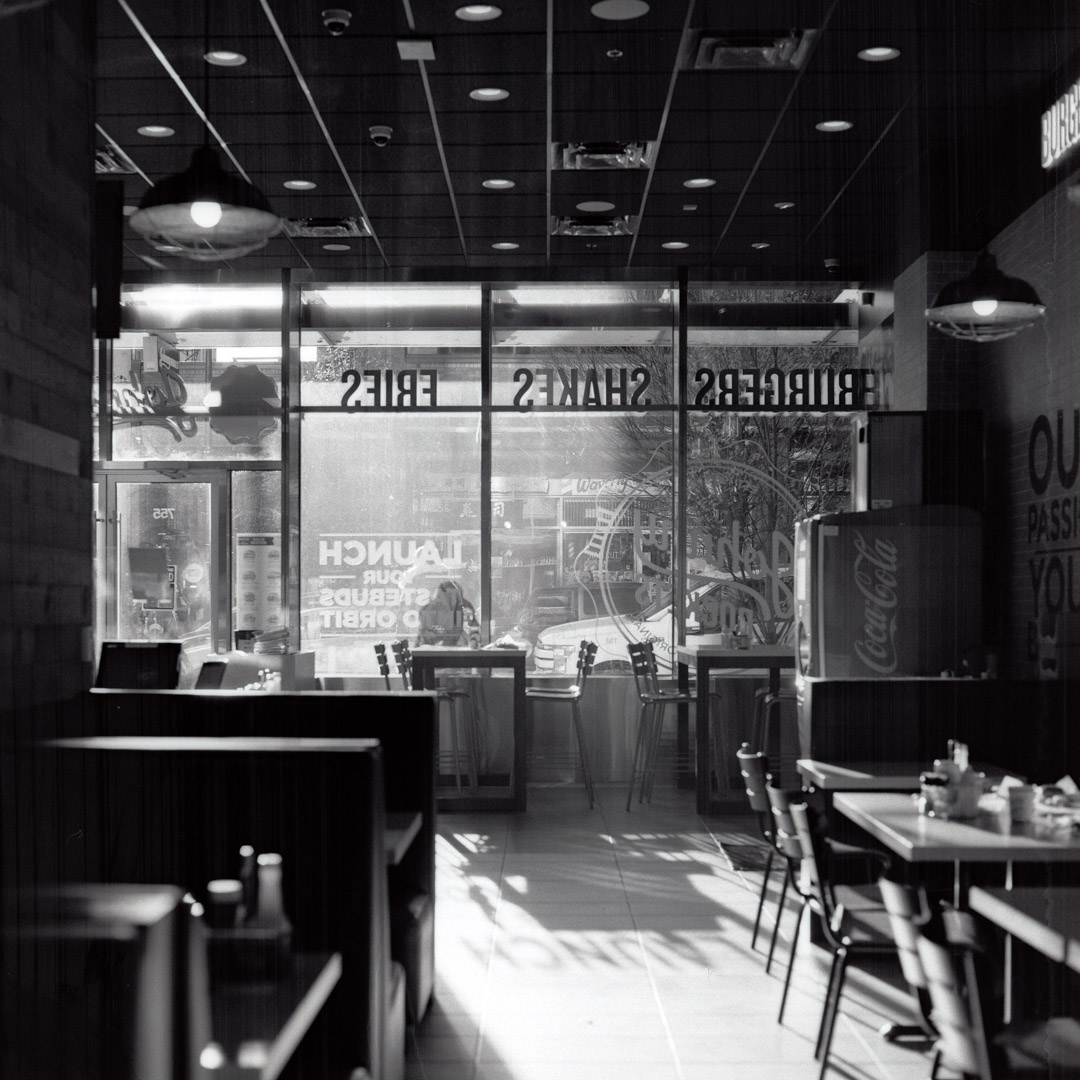
Is the Hasselblad 500 series future-proof?
This is something that I seriously had to consider before purchasing this camera. I dropped around 5k for the camera, lenses, and film backs. And with many film cameras that exist today, if there’s no more film made, all of those cameras go back to being a shelf ornament
Right now the market is in a bit of flux. Kodak is promising a potential new film stock, while Adox has announced they’re also working on bringing new film to the market. So there is hope for the longevity of film even if Fuji is constantly looking for the door.
But, if there’s one camera system that could survive the loss of film, it’s Hasselblad. This is one of the few camera systems that it’s possible to convert to a digital camera. Because the film back is removable, it’s easy to insert a digital sensor, such as the ones made by PhaseOne, and even Hasselblad themselves.
Because of the popularity of this medium format system with enthusiasts and professionals alike, it’s very possible to see future growth in the market of digital backs, which will keep these cameras in circulation for generations to come.
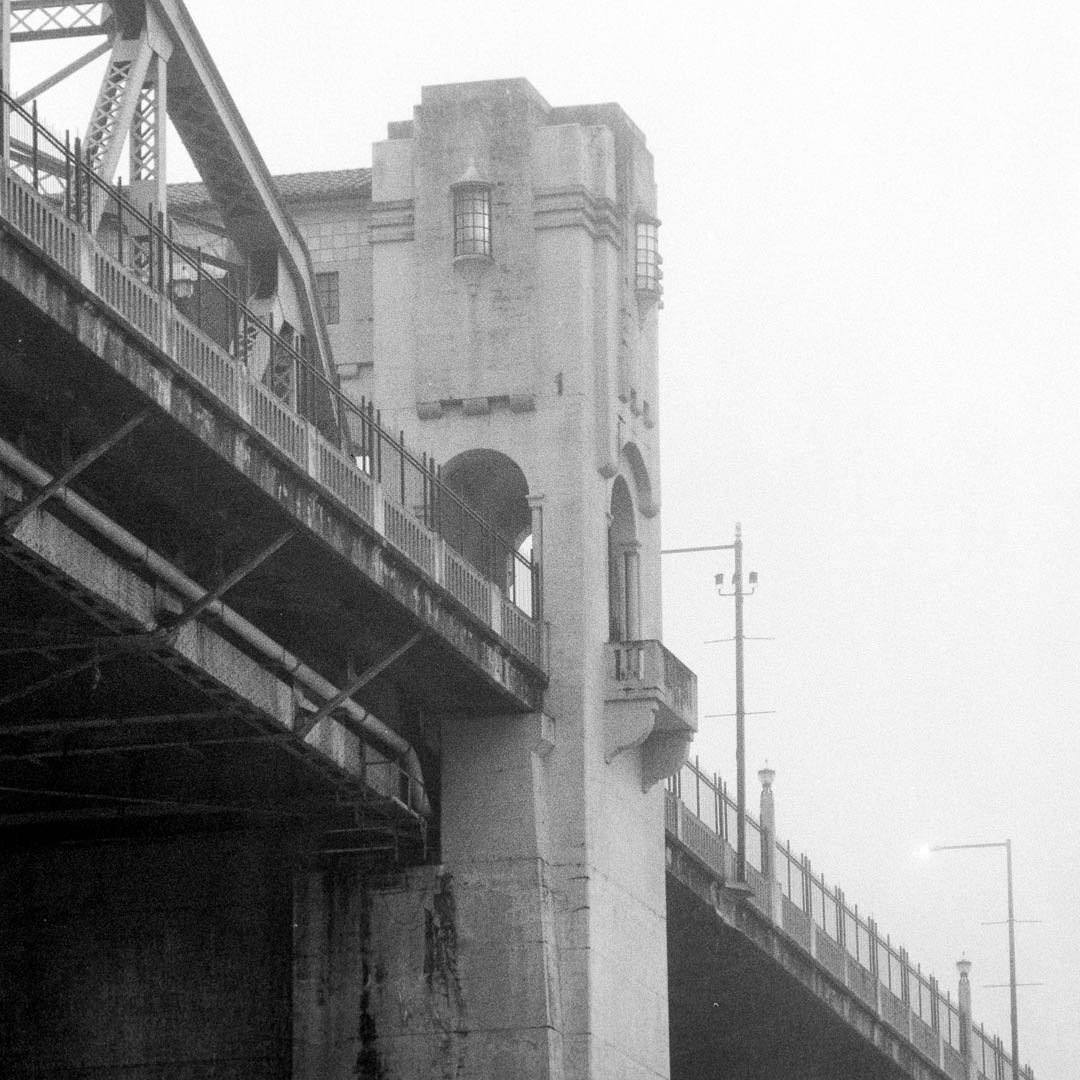
Final thoughts
While Hasselblads are some of the best-designed cameras in the entire world, they aren’t without flaws. For every benefit, there is a drawback. But if you’re a photographer who is primarily using a tripod, shooting in studio, or in other professional circumstances, there is no better option than this.
Owning a Hasselblad has made it difficult to pick up any other camera in my collection. I only begrudgingly pick up a digital camera for professional shoots. Otherwise, the only camera I reach for when going out for street walks or out to take photos is this camera.
But the thing is, it’s not the camera that takes good photos. It’s the photographer. New camera gear like this can be thrilling and inspiring. It can be the reason you go out and take certain photographs. But it’s not going to be the reason why your photographs are good.
Taking incredible photographs takes time, patience, and practice.
In the end, I can’t say that this camera is worth every penny I paid for it. Even after all the Hassel it put me through, I’d still recommend it over any other camera in my collection (unless you’re on a budget, or come from shooting with Canon glass, in which case, I recommend the EOS 630).
But if you need something future-proof, that you know is still going to hold its value even if film disappears, then there is no better option than a Hasselblad 500 series camera.

By Daren
Daren is a journalist and wedding photographer based in Vancouver, B.C. He’s been taking personal and professional photos on film since 2017 and began developing and printing his own photos after wanting more control than what local labs could offer. Discover his newest publications at Soft Grain Books, or check out the print shop.

Great review!
I chose the 500 EL/M with it’s built-in motordrive that allows me to shoot from single to continuous 2fps. The Sonnar 150mm f4 C lens as it balances out the camera perfectly, in the hand.
Thanks for your comment, Simon! Glad to hear it, the 150mm is an incredible lens — definitely the most used lens in my kit.